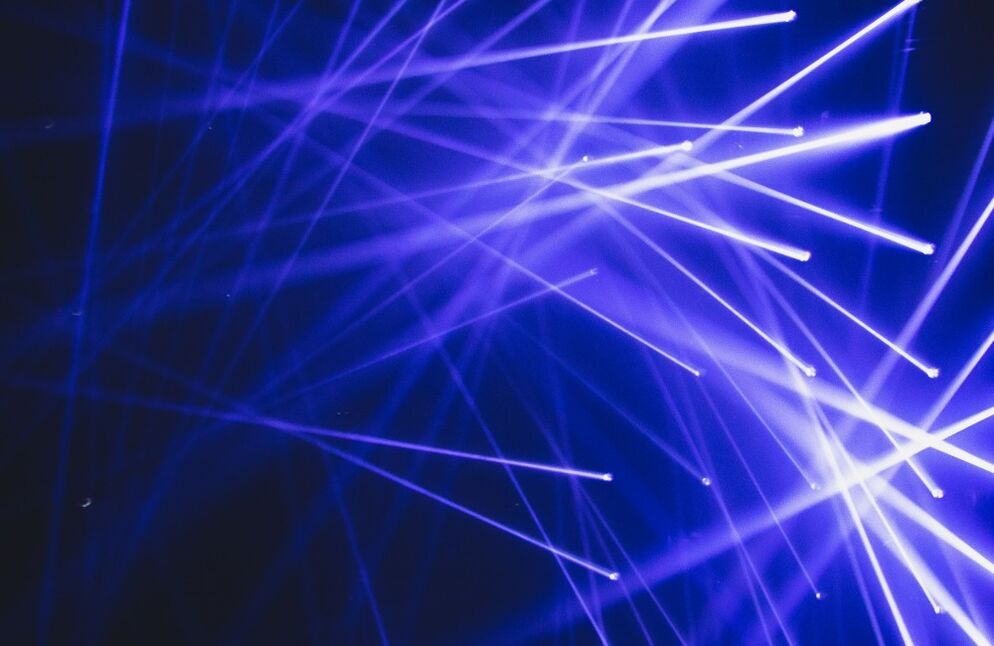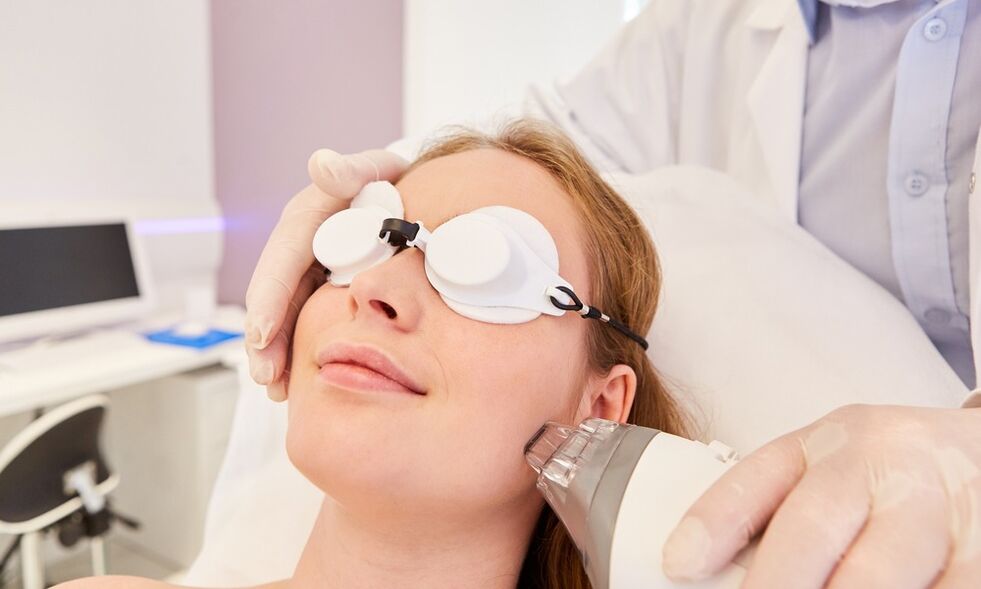
Many people associate laser rejuvenation with aggressive resurfacing that simply evaporates the surface of the skin and allows everything to heal and recover over many weeks. However, over the decades of use, this technology has changed significantly.
Today, in most cases, laser rejuvenation is not a total resurfacing, but rather a more modern option called fractional ablative rejuvenation. This service is offered by 90% of beauty clinics.
Of course, technology does not stand still and is constantly evolving, especially as patients become more demanding and prefer procedures with minimal rehabilitation time and at the same time high efficiency. Today, laser devices for cosmetics have many functions that allow you to achieve specific goals quickly, minimally invasively and at the same time effectively.
Modern CO2 laser devices have a wide range of indications and a large selection of various accessories for an individual approach. At the same time, the devices are very comfortable and enable successful use even without many years of experience.
This is how the new CO2 works
Such devices are equipped with special technology that creates a microthermal zone on the skin, i. e. H. the effect does not occur with one beam, but with many micro-beams. The laser beam passes through a special grid that separates it.
This technology is designed to reduce the aggressiveness of the impact while increasing efficiency. The skin is not damaged all over, but rather in specific areas. For this reason, tissue recovery occurs quickly after the procedure. Microbeams evaporate old collagen fibers, pigment spots, scar tissue and wrinkles. Cells located around the destroyed areas begin to actively divide and restore them. Cellular immunity is activated, which intensively produces collagen, elastin and hyaluronic acid and forms new blood vessels. The skin becomes noticeably thicker. It stimulates all rejuvenation processes. At the same time, the damaged areas are tightened and the entire skin area is reduced, resulting in a lifting (tightening) effect.

Benefits of fractional peeling
This procedure typically does not require local anesthesia (although it may be used if necessary). Rehabilitation lasts an average of 10 days. The redness after the procedure lasts up to three days, then crusts form, which disappear on their own and without complications after a week.
The combination of micro-jet technology with a certain radiation power and pulse duration allows the use of such grinding at any time of the year with short rehabilitation and excellent results.
Results
Fractional ablative rejuvenation significantly evens skin color, increases turgor, eliminates wrinkles and makes skin folds less pronounced. The width and depth of stretch marks and scars, even after acne, also decreases.
Thus, this method allows you to even out the skin structure, improve tone, eliminate pigment spots, scars and stretch marks and correct ptosis, while the rehabilitation is shorter than with classic laser treatment.
























